Collecting old books for me has been a day by day, step by step process over six decades converting interests, ambitions and possibilities into accumulations that held together over the years to become collections. It’s been challenging and fun.
It has been a process built on ambition, clarity , logic and time. It’s invariably uncertain, irregular and personal and when you head into the sunset years it becomes necessary to plan an exit so that your collection or collections do not become a burden to inheritors.
I’ve been collecting the printed word since I was a kid and have always assumed what I could buy I could resell and make some money.
Over the years I built collections invariably choosing forms, subjects and valuation ranges consistent with my interests and financial capabilities. Early on I collected material related to the Hudson Valley, some to keep while selling the best. That money in my early twenties was then contributed to buy a first home in Milton, New York.
In my late 20’s I moved overseas to build manufacturing and export businesses and set aside my interest in American material with neither plan nor even interest to return to it. In 1989 I retired from overseas business development and moved to Gulfstream, Florida where we reorganized ourselves as a private investment fund. Collecting has long been thought of as a random preference or interest balanced against other factors a collector/investor prioritizes. Mindful that investing in equities is uncertain, from the outset, I set aside 10% of our net income to pursue material within defined subjects as a form of alternative investing. For the next 30 years I would ran such projects as investments I enjoy.
In 1991, after 15 years away from book collecting I found the ABAA and eventually Bill Reese and, at his suggestion, started to build a bibliographical library. At that point I had some money and saw the challenge appealing to swim with the fast fish. I would play the game as a knowledge-based collector and the field now had a category name for me: Americana.
My collecting impulses remained intact after years away and then chose my first post-retirement collecting project, at 45, to be material relating to the discovery and development of new world. Soon after I bought Servies’ Florida bibliography and subsequently [1991-2000] built a collection of early imprints related to the New World up to 1625. To do so I bought from Bill, while diversifying my dealer sources by 1993 and began to budget 70% of my purchases to be made at auction to control costs. My goal then and since, when going on to build other collections, would be to breakeven at 10 years. In 1995 we moved to San Francisco and started a book collection relating to the American west. In 2001 Jenny and I committed to build a database of auction records and important dealers catalogues for our personal use. In September 2002 I made the database with 151,000 records available for anyone interested. Not many were.
In between, as a homage to my father Thomas Craig McKinney who passed away in 1974, during the 1990’s I built a collection of American commemorative stamps. He once had many very good items but sold or hocked them to hide his peccadillos from my mother. I found his or better examples and added many others including a block of the 6 cent airmail invert to complete his named collection. Collecting always has a financial component but his stamp collection meant something more to me. Later, when confronted with a cash squeeze, selling it was rewarding, not that I made any money but the money came back when I needed it. Shreve handled the sale and created a memorable catalogue.
In 2009, the collection of new world material, having set on my shelves more than a decade, I sent it to Bloomsbury in New York when they were located nearby Rockefeller Center in midtown. It would sell at auction that fall. Because Americana Exchange was following both completed and future sales we understood the fall schedule worldwide was quite weak while we were seeing no evidence collectors were less interested. Future sales were looking weak exclusively because consignors were anxious. For a consignor with a bit of gumption it would be a strong market.
As a single owner sale it was difficult to place. Our database project, the Americana Exchange as it was then called, was controversial. I asked the New York houses for proposals and received pink slips. I required that the source, year and price paid for each item be included in the item descriptions. Bloomsbury accepted those terms and did a fine job.
A year later Bonhams sold my collection of western Americana and Bill Reece played the pivotal role. He was the principal source of my important Americana and confirmed all prices paid and then became the principal organizer of bids, making bids on 71% of the lots. Neither sale had reserves, ensuring every item would sell. Bonhams did anything a consignor could ask.
Between them the total reached $6.7 million and netted +$919,000. It took a lot of work and affirmed it was able to build and re-sell two book collections for a profit over 20 years. It was doable and the significant bonus of course was the development of Americana Exchange and its successor, Rare Book Hub, that today dominates auction history of collectible paper.
As to my final collection, the history of the Hudson Valley, has been a work in process over the past 10 years and have concluded that at 74, I owe it to my family to stop buying and spend my energy to organize the 8 categories comprising those collections so my family can decide, what they may want or sell, knowing what the stakes are and how they should be disposed.
These categories comprise:
- Photography including an extensive collection of disaster images;
- Books related to the local history of the Hudson Valley;
- Older paintings; including local subjects as well as examples by local artists;
- Newer paintings by Leonard Tantillo, embracing the subject: Ulster County Reimagined;
- Subject holdings including by and about Lake Mohonk, the Huguenot Bank, and a Saugerties hardware store [1865 – 1945];
- Objects born of Ulster County’s history;
- Ephemera. Mystifyingly complex, the history of the Hudson Valley’s true history is expressed in its everyday decisions on paper
- Kitsch. There are so many small, random items that capture the essence of local life. Currency, coins, pins, spent slugs, thingamajigs and more
It’s been quite a run. Collecting is catch and release.
All this said, we will be acquiring older auction catalogues as they are the raw material we need to build the older records for Transactions+. The heart and soul of the transaction history going back three hundred years is what gives us a reason to scan the horizon each day. While I live, we will continue to build a bridge into the past.



![<b>Heritage, Dec. 15:</b> John Donne. <i>Poems, By J. D. With Elegies on the Author's Death.</i> London: M[iles]. F[lesher]. for John Marriot, 1633. <b>Heritage, Dec. 15:</b> John Donne. <i>Poems, By J. D. With Elegies on the Author's Death.</i> London: M[iles]. F[lesher]. for John Marriot, 1633.](https://ae-files.s3.amazonaws.com/AdvertisementPhotos/8caddaea-4c1f-47a7-9455-62f53af36e3f.jpg)
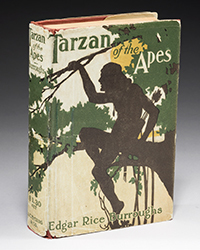
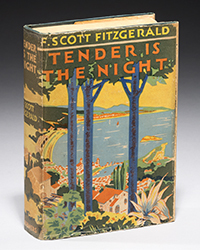
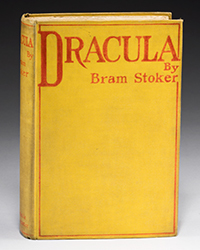
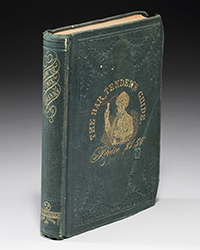



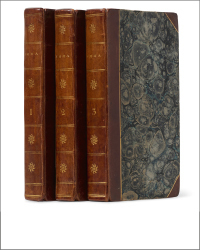
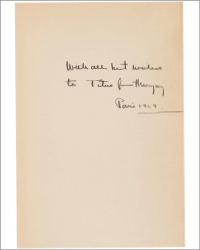




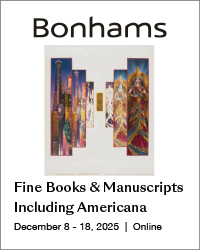

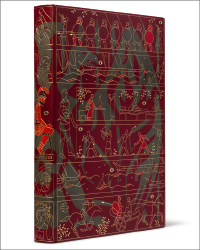
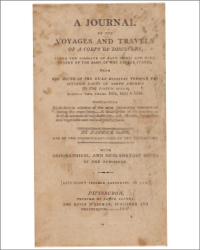
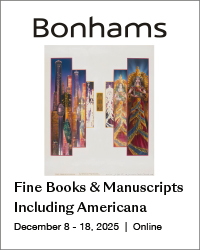
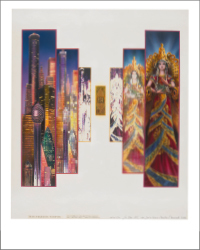
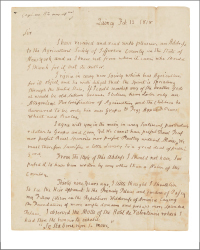

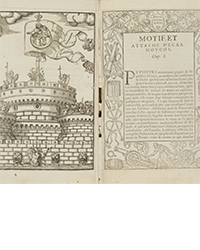
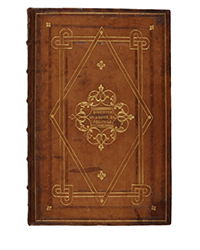
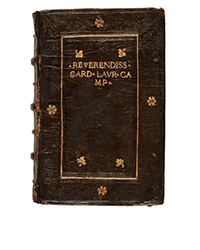
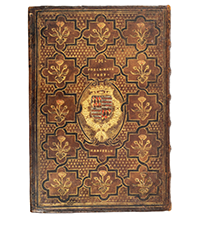
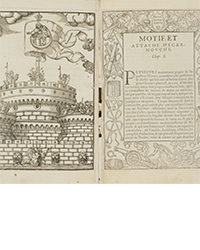
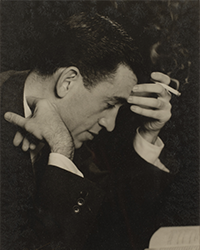
![<b>Sotheby’s, Dec. 16:</b> [Austen, Jane]. A handsome first edition of <i>Sense and Sensibility,</i> the author's first novel. $60,000 to $80,000. <b>Sotheby’s, Dec. 16:</b> [Austen, Jane]. A handsome first edition of <i>Sense and Sensibility,</i> the author's first novel. $60,000 to $80,000.](https://ae-files.s3.amazonaws.com/AdvertisementPhotos/9a74d9ff-42dd-46a1-8bb2-b636c4cec796.png)
